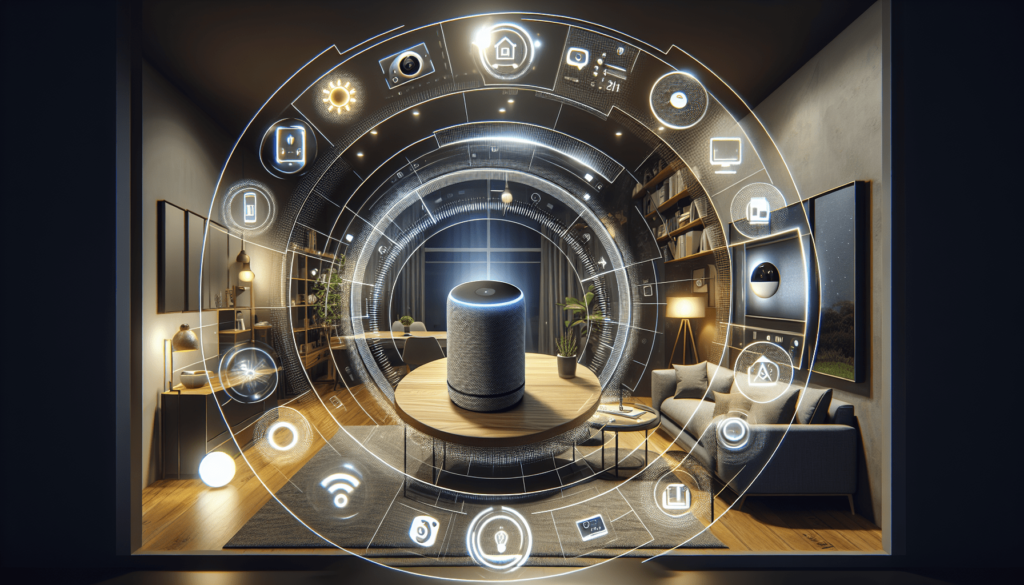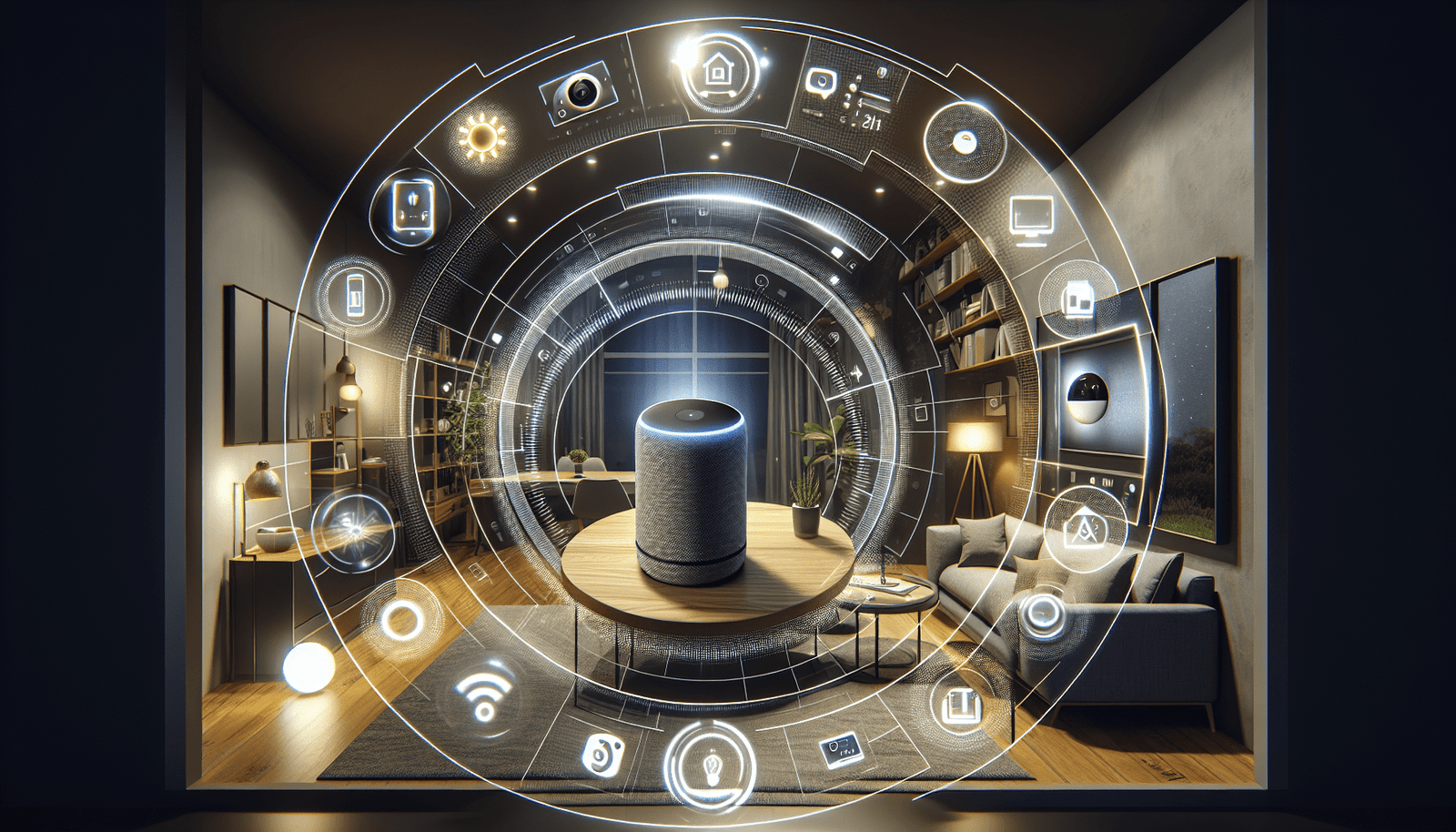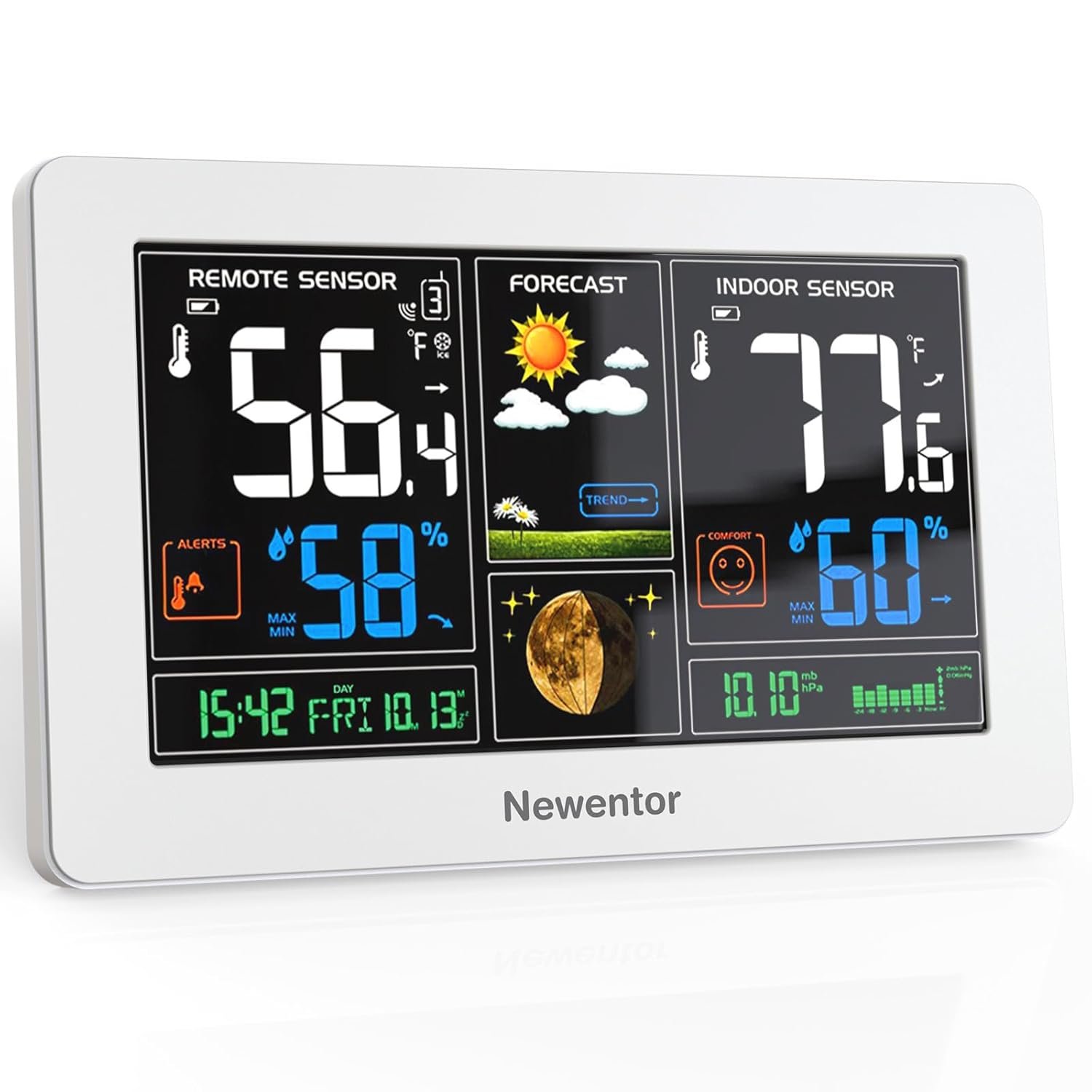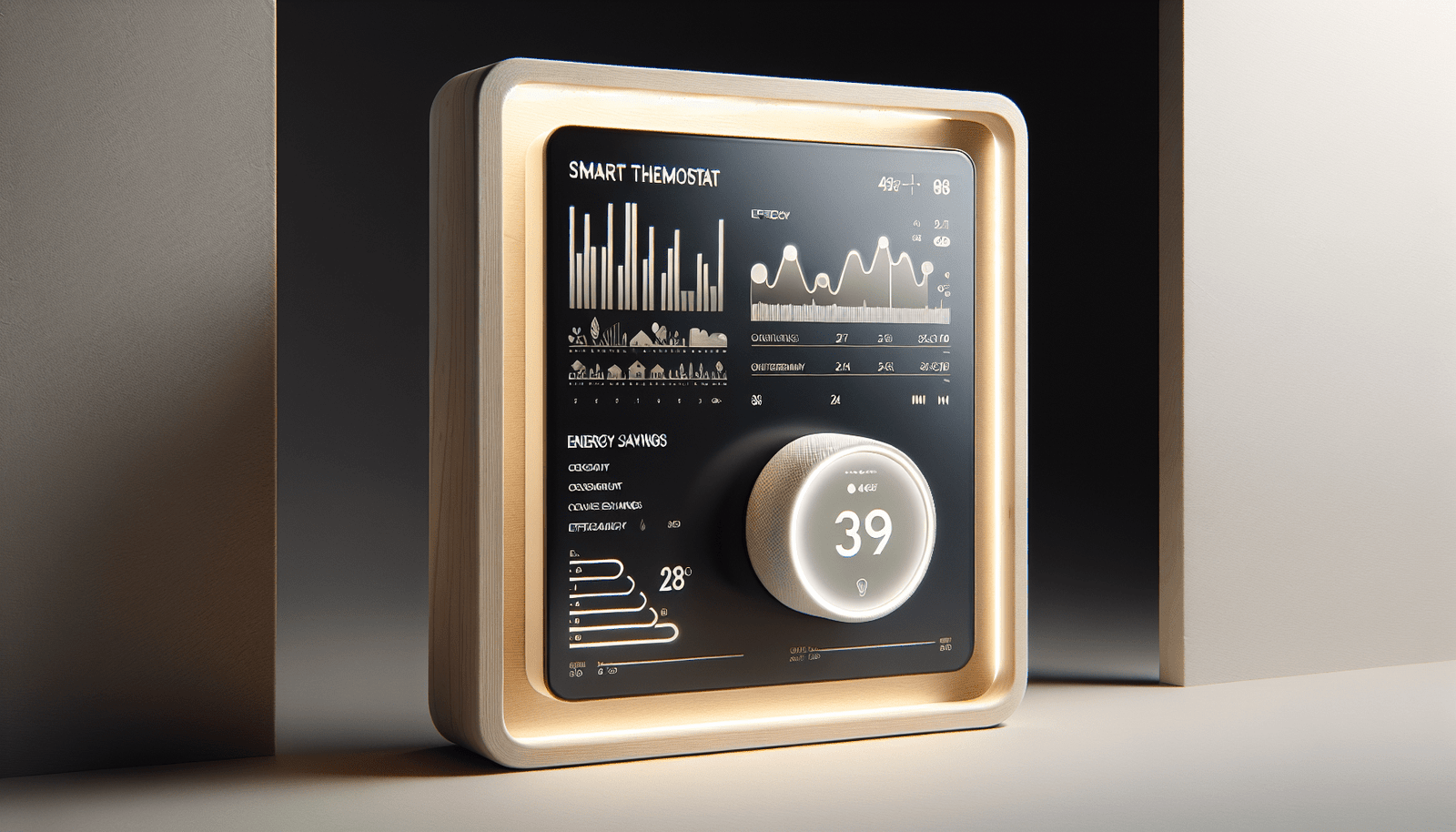Have you ever wondered if transforming your house into a smart home could truly enhance your lifestyle and be worth the investment? This curiosity is shared by many who are intrigued by the potential of smart home devices and how they can revolutionize the way we interact with our living spaces. Whether you’re a homeowner, a renter, a tech enthusiast, or just someone exploring energy-efficient solutions, understanding the range of benefits offered by smart home technology can help you make an informed decision.

What is a Smart Home?
A smart home is a residence equipped with devices that automate tasks customarily handled by humans. These devices are interconnected through the Internet of Things (IoT), allowing you to control them remotely from your smartphone, tablet, or through voice commands. From smart lights and thermostats to security systems and appliances, these devices create an integrated network that enhances comfort, efficiency, and security.
Key Components of Smart Home Technology
Smart home technology includes various devices and systems designed to make your life more convenient. Some of the key components include:
- Smart Thermostats: Adjust your home’s temperature automatically based on your schedule or presence, thus saving on energy costs.
- Smart Lights: Control lighting remotely or schedule it to align with your daily activities.
- Smart Security Systems: Access video surveillance and receive alerts in real-time from anywhere.
- Smart Home Assistant Hubs: Devices like Amazon Echo or Google Nest serve as a centralized control point for your smart home.
- Smart Appliances: From refrigerators to washing machines, these appliances can inform you of maintenance needs or operate on preferred schedules.
Are Smart Homes Worth the Investment?
Deciding whether smart homes are worth the investment depends on various factors like cost, convenience, security, and energy savings. Let’s break down these components to understand their potential return on investment.
Cost vs. Value: Is the Investment Justified?
Smart home technology can indeed be a significant upfront investment. Smart home systems can range from a few hundred dollars for basic setups to several thousand for comprehensive installations. Here are some considerations:
- Installation Costs: Depending on your level of technical expertise, installing smart devices may require professional help, which adds to the cost.
- Long-Term Savings: Over time, smart devices can lead to savings on utility bills. For example, a smart thermostat can significantly reduce heating and cooling costs.
- Property Value: Homes equipped with smart technology tend to have higher resale values as smart homes appeal to a wider market of tech-savvy buyers.
Comparing Smart Home Devices: Features and Benefits
With many smart home products available, comparing and selecting devices that fit your needs is crucial. Here are a few popular smart home devices and their benefits:
| Device Type | Features | Benefits |
|---|---|---|
| Smart Thermostats | Remote temperature control, scheduling | Energy savings, enhanced comfort, and convenience |
| Smart Lights | Customizable colors, scheduling | Energy-efficient, mood-setting options |
| Smart Security | Real-time alerts, video surveillance | Enhanced home security, peace of mind |
| Smart Appliances | Remote operation, maintenance alerts | Efficiency in household chores, reduced utility bills |
Steps to Set Up Your Smart Home
Setting up a smart home system might seem daunting, but with a step-by-step approach, you can seamlessly integrate technology into your living space.
Step 1: Evaluate Your Needs
Begin by determining what you want to achieve with smart home technology, whether it’s reducing energy consumption, improving security, or increasing your convenience.
Step 2: Choose a Central Hub
Selecting a smart home hub can simplify managing multiple devices. Popular options include Amazon Echo, Google Nest Hub, and Apple HomeKit. Consider compatibility with your devices and preferred voice assistants when choosing a hub.
Step 3: Start with Core Devices
Focus on adding essential devices first, such as smart thermostats and lights. These devices provide evident benefits in terms of savings and convenience.
Step 4: Gradually Expand Your System
As you become comfortable with the technology, gradually add more devices such as smart locks or smart speakers to create a fully integrated system.
Step 5: Secure Your Network
Ensuring the security of your smart home devices is essential. Use strong passwords and keep your software updated to protect against potential security breaches.
Security and Privacy Concerns
Security and privacy are valid concerns when integrating smart devices into your home. More connectivity can sometimes mean more vulnerabilities. Here’s how you can mitigate these risks:
Potential Risks
- Data Breaches: Unauthorized access to your network could compromise personal information.
- Device Vulnerabilities: Older or unsupported devices may not receive essential security updates.
Best Practices for Safety
- Use Strong, Unique Passwords: Enables better protection against unauthorized access.
- Regular Updates: Keep devices and software updated to safeguard against vulnerabilities.
- Secure Your Wi-Fi Network: Use encryption and change passwords regularly.

Energy Efficiency and Sustainability in Smart Homes
One of the major attractions of smart home technology is its potential for enhancing energy efficiency.
How Smart Homes Save Energy
- Smart Thermostats: These can adapt to your schedule and reduce heating and cooling when unnecessary, saving energy.
- Smart Lights: Automated lighting systems ensure lights are turned off when not in use.
- Smart Plugs: Monitor and control the power usage of connected devices, reducing electricity waste.
Contribution to a Sustainable Lifestyle
Using smart technology can lead to a reduced carbon footprint by optimizing energy use, promoting sustainability, and minimizing waste.
Compatibility and Connectivity
Ensuring compatibility between various smart home devices is crucial for a smooth user experience. Most devices now support multiple platforms, but it’s essential to choose compatible systems.
Interoperability Among Platforms
- Most smart home devices support major platforms like Amazon’s Alexa, Google Assistant, and Apple’s HomeKit.
- Ensure that new devices are labeled as compatible with your existing systems.
Tips for Seamless Connectivity
- Central Hub: Use a hub for centralized control of multiple devices, enhancing interoperability.
- Network Strength: A robust Wi-Fi network is essential to support multiple connected devices.
Future-Proofing Your Smart Home
With technology continually evolving, future-proofing your smart home ensures your investment remains valuable over time.
Keeping Up with Emerging Trends
- 5G Adoption: Increased speed and connectivity will boost smart home device performance.
- AI Integration: Enhanced AI features will allow devices to automate and adapt to user preferences better.
Upgradability and Adaptation
Choose devices from companies that offer regular updates and are renowned for innovation and support.
Conclusion: Are Smart Homes Worth It for You?
Determining whether a smart home is worth the investment is subjective and depends on your personal needs and preferences. Factors like cost savings, improved security, enhanced comfort, and increased property value are compelling reasons to consider investing in smart home technology. Assess your current and future needs, evaluate the available technology, and plan strategically to get the most out of your smart home investment. Whether it’s for convenience, security, or efficiency, smart homes offer tangible benefits that can significantly enhance your lifestyle.




